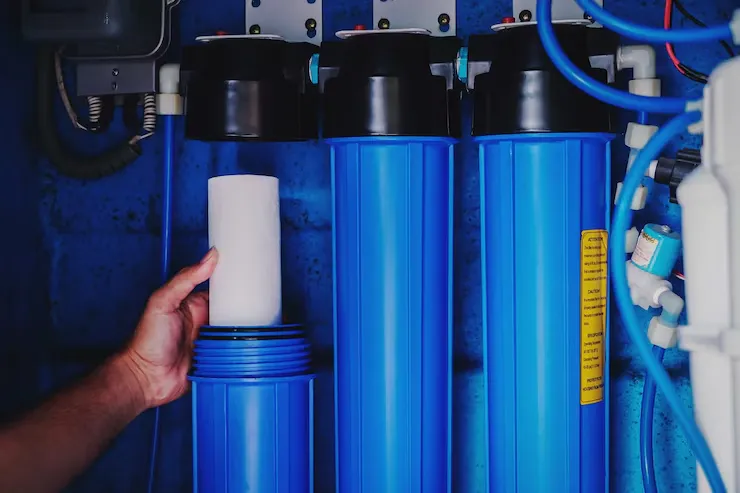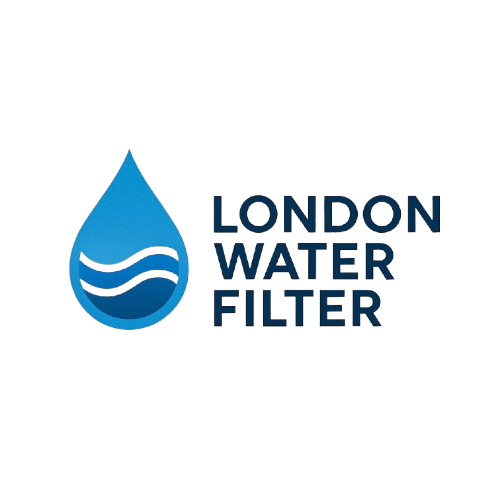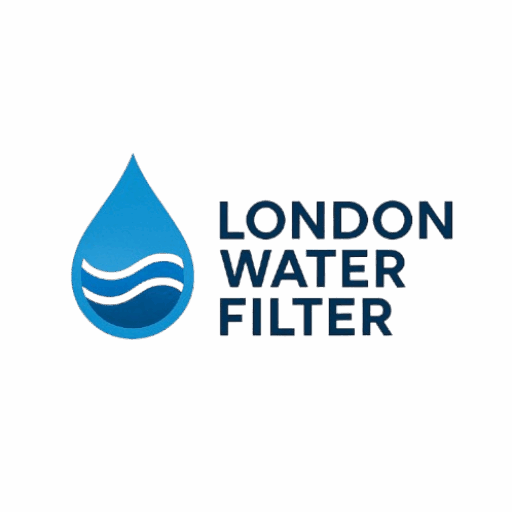London tap water often smells of chlorine, tastes metallic, and carries invisible contaminants like lead, bacteria, and sediment. Many homeowners are concerned about water quality but don’t know the most effective, long-lasting solution. Here’s a straightforward guide to improving your water’s taste, quality, and safety without wasting time or money.
Why London Tap Water Needs Filtering
London’s water comes from the Thames and Lea rivers, making it highly treated city water. Though technically safe, it contains chlorine, heavy metals, limescale, and organic chemicals. These affect the taste and could harm your plumbing, appliances, and health.
Instant Fix: Install a Water Filter That Works
The most reliable way to purify tap water instantly is to install a water filter system that targets specific contaminants. Here’s how to choose the right one based on your needs.
1. Use a Whole House Water Filter for Complete Protection
Whole house water filters clean every drop entering your home, covering your main water line. These systems protect your plumbing, appliances, sink, and showers from sediment, chlorine, and other common contaminants.
- ✔ Covers all taps
- ✔ Reduces limescale and heavy metals
- ✔ Extends appliance life
- ✔ Provides clean water for cooking and bathing
2. Install an Under-Sink Filter for Drinking Water
Under-sink filters focus on point-of-use. They are perfect if your priority is improving taste and removing lead, chlorine, and bacteria from drinking water. These systems are compact and simple to maintain.
3. Use a Water Filter Jug for Budget-Friendly Use
Water filter jugs or pitchers are ideal for renters or those on a tight budget. While they don’t treat hard water or specific contaminants like a whole house system, they do improve taste and reduce chlorine quickly.

Comparing the Filter Types
| Filter Type | Coverage | Removes Contaminants | Maintenance | Best For |
|---|---|---|---|---|
| Whole House System | Entire house | Sediment, chlorine, metals | Low (yearly) | Families, long-term use |
| Under-Sink Filter | Drinking tap only | Chlorine, lead, bacteria | Medium (6 months) | Kitchens, cooking water |
| Water Filter Jug | Per use (jug) | Chlorine, taste | High (frequent) | Students, renters |
Important Features to Consider
- Filter Capacity: Larger whole house filters treat thousands of litres before needing replacement.
- Flow Rate: Check if your system supports the needed water pressure.
- Carbon Filters: Best for removing chlorine, chemicals, and improving taste.
- Sediment Filtration: Essential for London’s hard water.
- Installation: Professional installation ensures optimal performance.
- Upfront Cost vs Long-Term Savings: A whole-house water filter may cost more at first but saves you from buying bottled water, protects appliances, and reduces plumbing issues.
Health and Daily Life Benefits
- Protects against bacteria, lead, and chemicals
- Enhances skin and hair by removing hardness
- Improves taste and smell of drinking water
- Reduces wear on washing machines, dishwashers, and boilers
What Many Homeowners Don’t Know
- Your water’s quality depends heavily on your supply zone some areas have more contaminants than others.
- Carbon filters and ion-exchange systems are both helpful but serve different needs.
- Reverse osmosis filters offer the deepest purification but may waste water.
- Water softeners are not filters—they remove minerals but not chlorine or bacteria.
Best Water Filter Setup for London Homes
For London residents, the most balanced solution is:
- Whole house filtration for showers, sinks, and laundry.
- Under-sink carbon system for drinking and cooking water.
This dual setup offers comprehensive protection, better taste, and cost efficiency.
Final Word: Is It Worth the Investment?
Yes. Upgrading your filtration means safer water, lower maintenance costs, longer-lasting appliances, and fewer health concerns. It’s a long-term investment for better living.
FAQs – What London Residents Ask Most
Q1: How do I know what contaminants are in my tap water?
A water quality report from your supplier or a home testing kit can help you identify specific contaminants.
Q2: Does a jug filter remove bacteria or lead?
No. Jug filters mostly improve taste and reduce chlorine. For bacteria and heavy metals, you need a whole house or under-sink filter.
Q3: Is professional installation necessary?
For whole house systems, yes—it ensures proper flow rate, pressure, and leak-free setup.
Q4: How often should I replace filters?
- Jugs: every 1–2 months
- Under-sink: every 6 months
- Whole house: every 12 months or as specified
Q5: Are water softeners and filters the same?
No. Water softeners treat hardness, while filters remove contaminants.

